Questions for Jongsuwat Angsuvarnsiri
We spoke with Jongsuwat Angsuvarnsiri, of SAC Gallery in Bangkok, for an insight into his career. As an expert on contemporary Thai art he and his gallery sit at the forefront go the burgeoning art scene there.
How did you get started doing what you do?
JA: I started by helping my father out when he opened an art centre and was finding directions for it. After things got serious, I went to Sotheby’s Institute of Art in London to have an academic training on the Art Business, and returned to found SAC Gallery, and its extended programs such as residency and conservation.
What’s the first painting you ever bought?
JA: It was a small painting by Aof Smith, an emerging Thai artist whom I work with at the gallery. It was very small, but I used a whole month of my salary to pay for it, and it still sits in my office today, 8 years later.
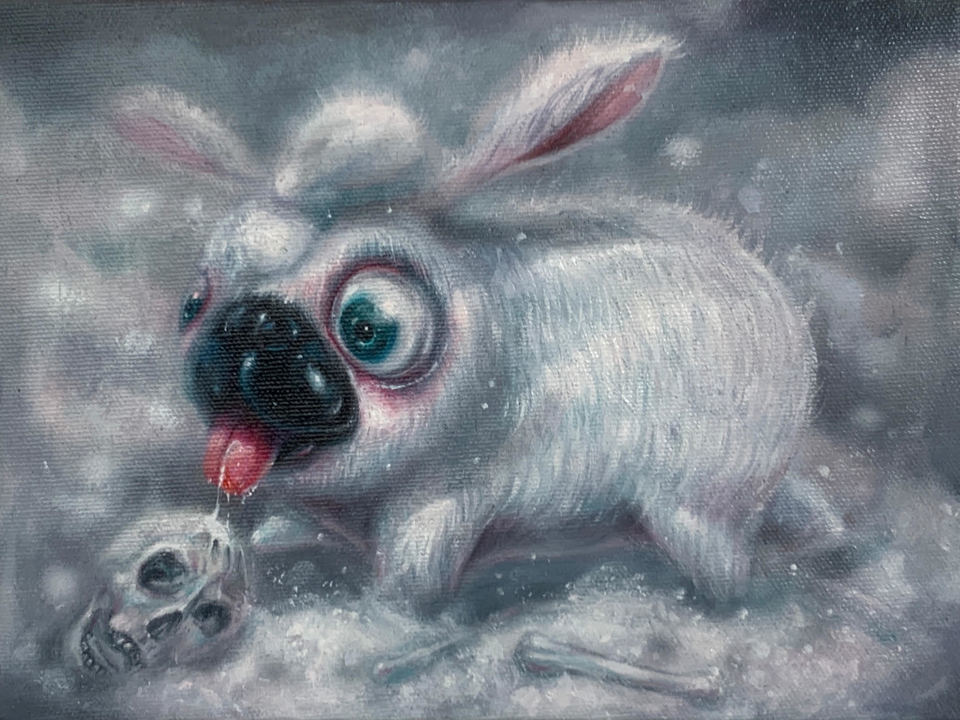 Aof Smith, Untitled, 2014
Aof Smith, Untitled, 2014
What’s something you wish you knew when you first started collecting?
JA: I wish there was an advisor for young collectors to help me navigate, so I know more about my options and design my collection from the beginning.
What’s the most misunderstood aspect of the art market in your opinion?
JA: That expensive art is good art; and affordable art is bad art.
Which painter are you currently really excited about?
JA: I love Ugo Rondinone’s use of colours and simple forms of the circle.
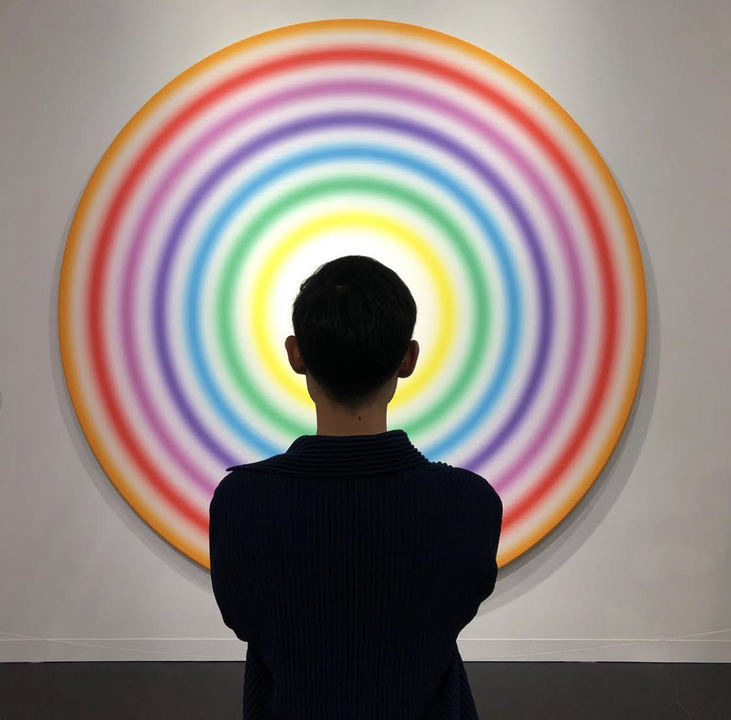 Jongsuwat Angsuvarnsiri in front of Ugo Rondinone artwork.
Jongsuwat Angsuvarnsiri in front of Ugo Rondinone artwork.
What’s the last art-related Instagram post you liked or account you followed?
JA: Limna’s account!
What upcoming exhibitions are you looking forward to?
JA: Another Energy: Power to Continue Challenging - 16 Women artists from around the world at the Mori Art Museum in Tokyo, Japan.
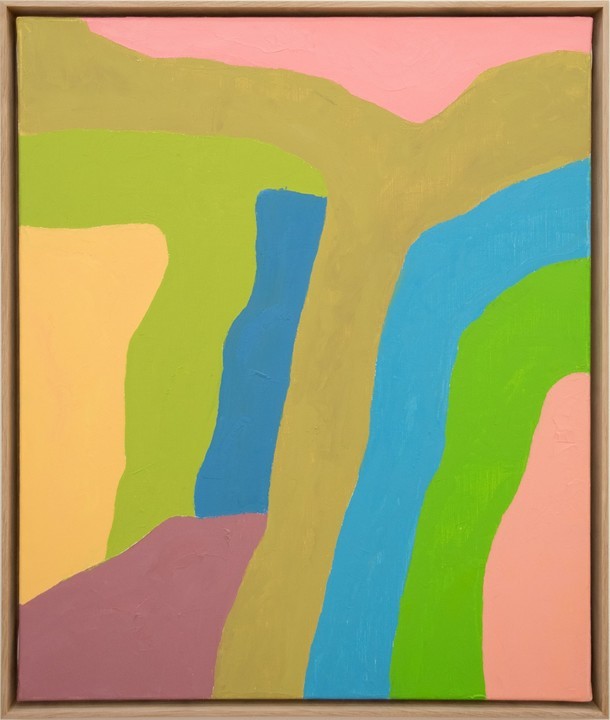
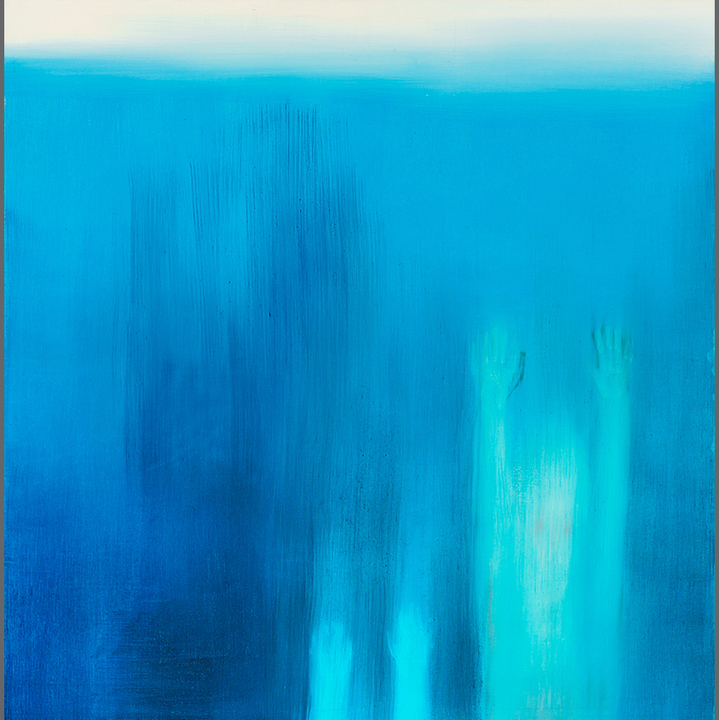
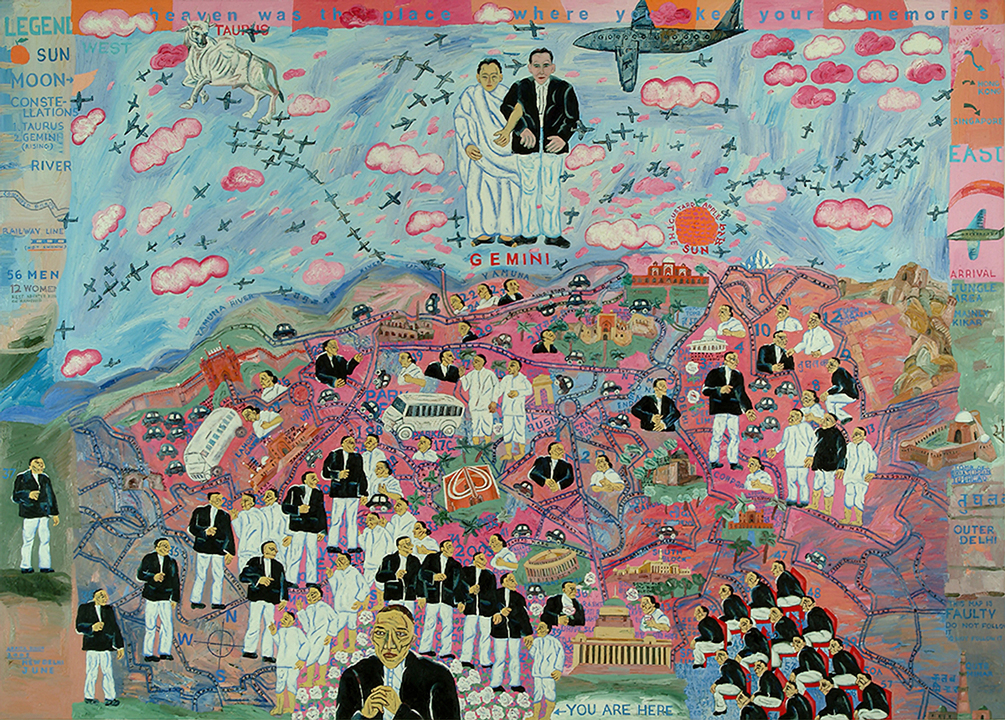
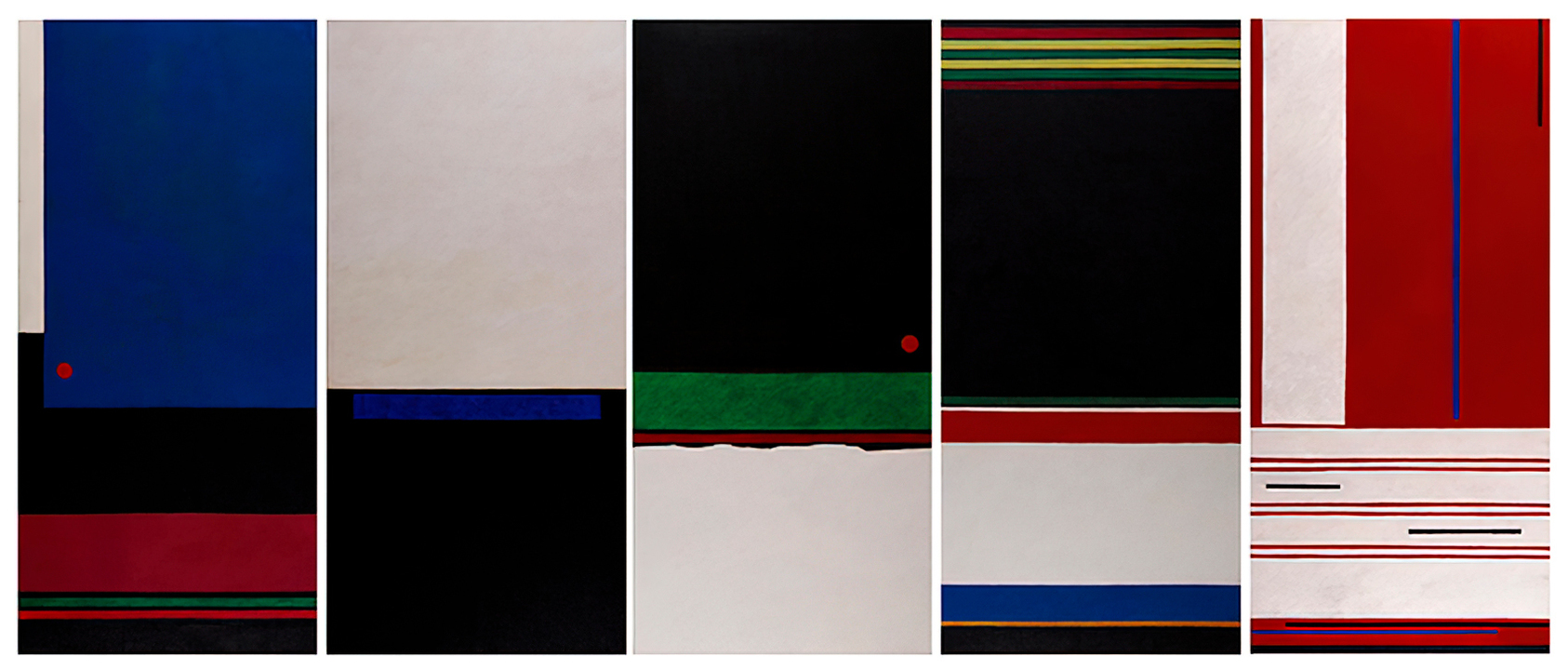
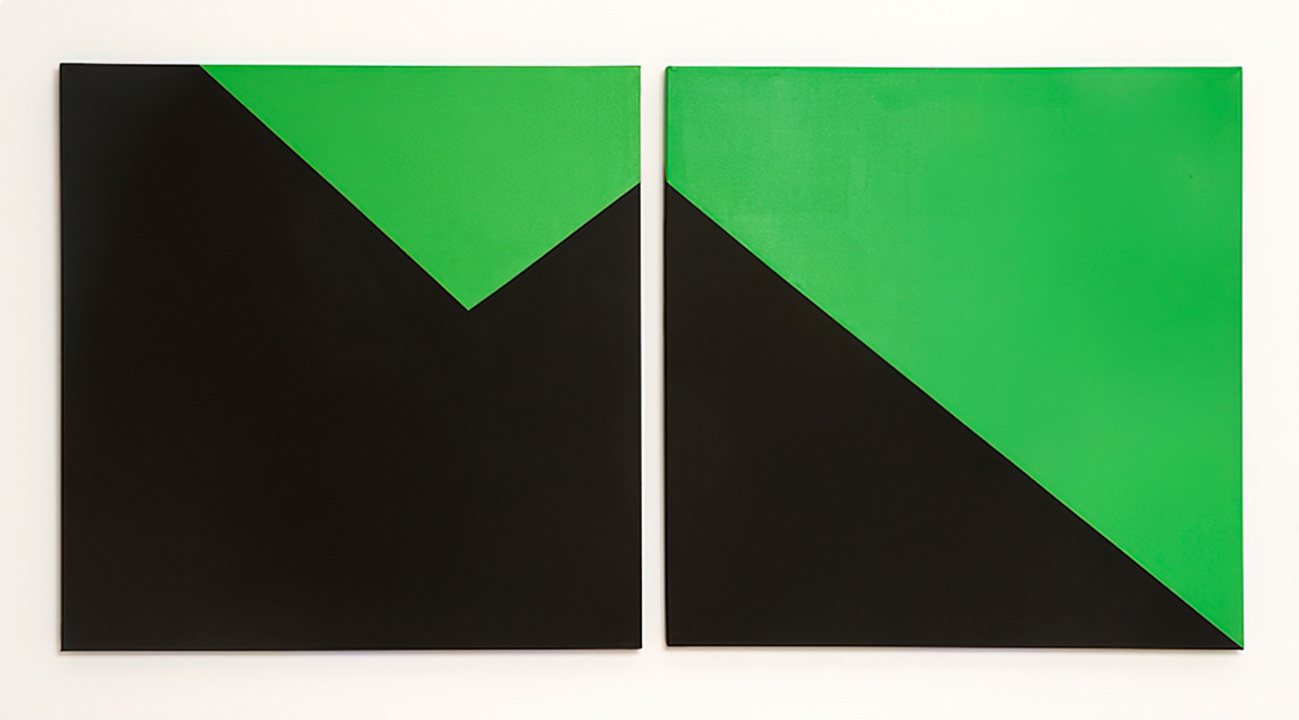
Tell us about an artist who should be getting more attention.
JA: Pichai Pongsasaovapark, a Thai artist working in the field of the environment and climate. His most recent exhibition at SAC Gallery uses a steamroller to run across the canvas to release pesticides and toxins out from plants and vegetables, alluding to the pressure and danger farmers have to go through to meet consumers’ growing demands.
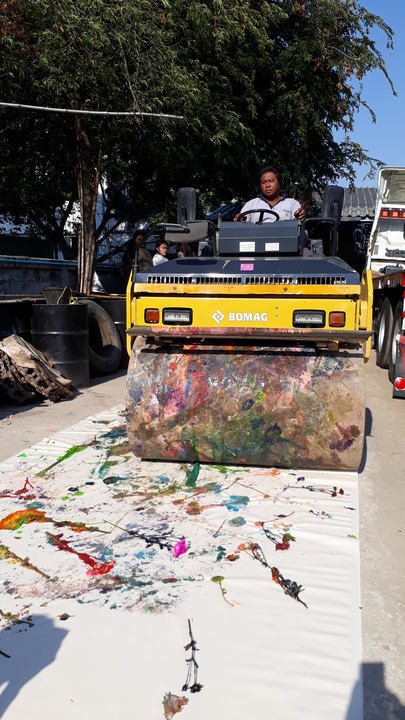
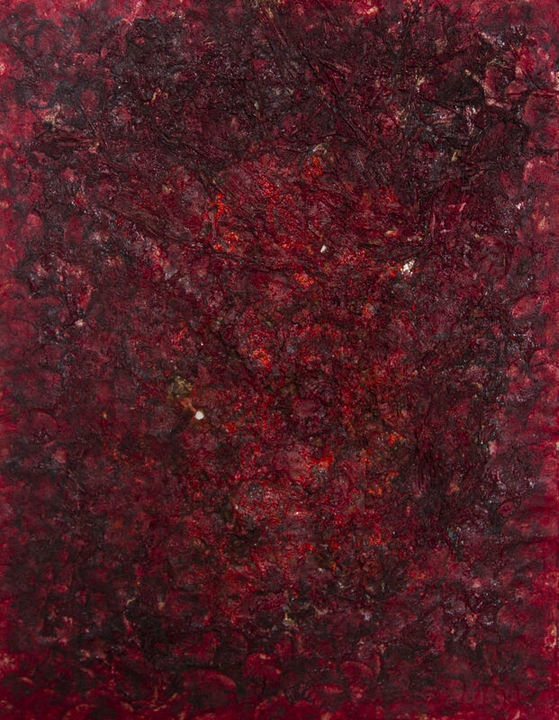
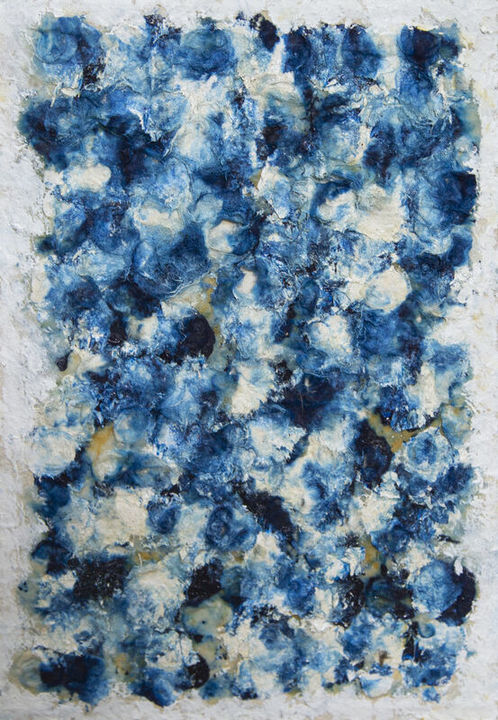

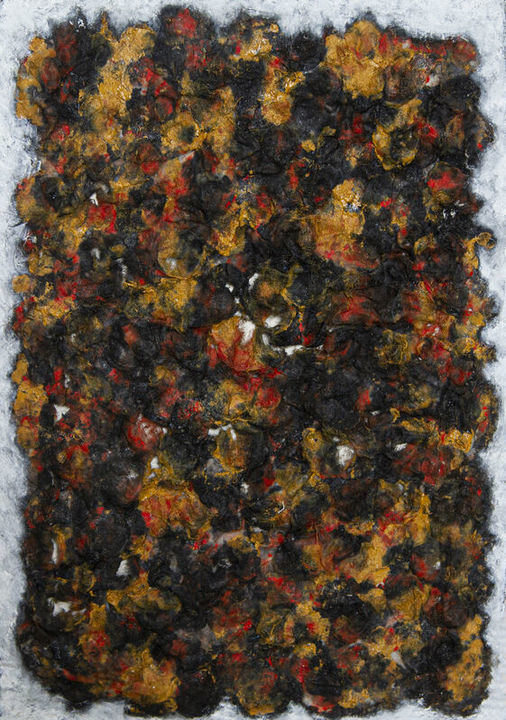
What’s the best piece of art-world advice you’ve ever been given?
JA: Don’t worry about what others will think of your taste in art. This experience is your own journey and you make your own meaning.
What gives you most confidence in an artist and their work?
JA: I follow the artist for at least a year or more, and speak to experts who know well about them such as the gallery they work with, or curators. I often ask about future plans and programs the artist has to make sure that they will still be active in the arts world for many years too.
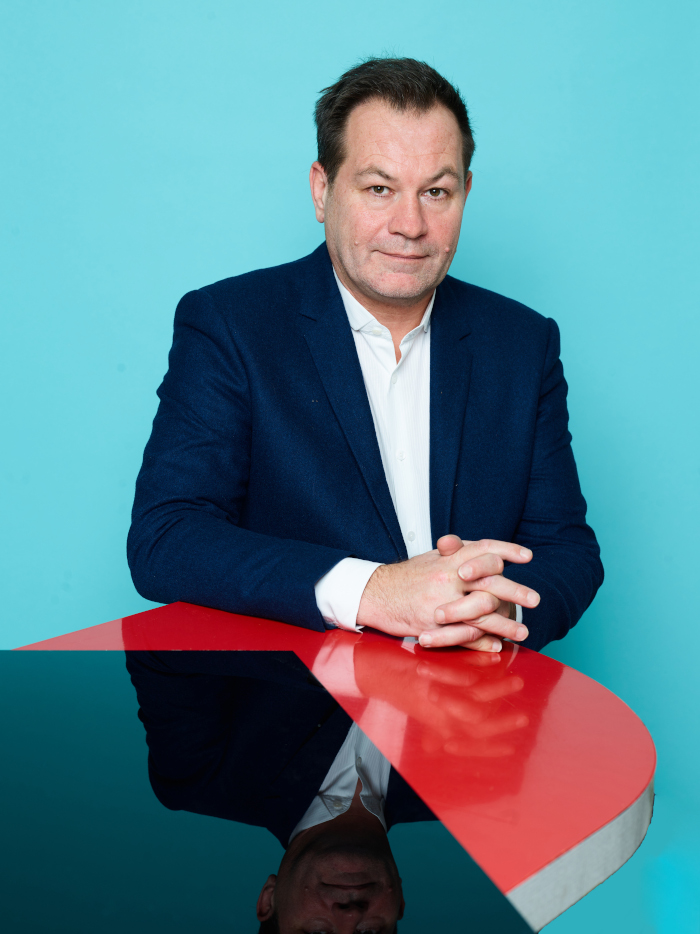

-min.jpeg)